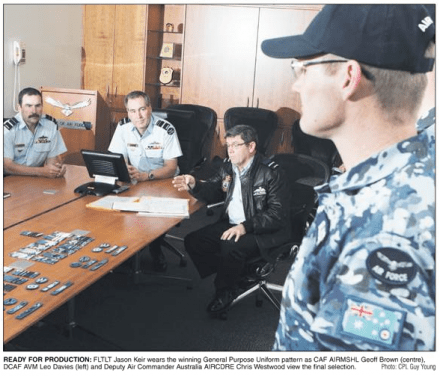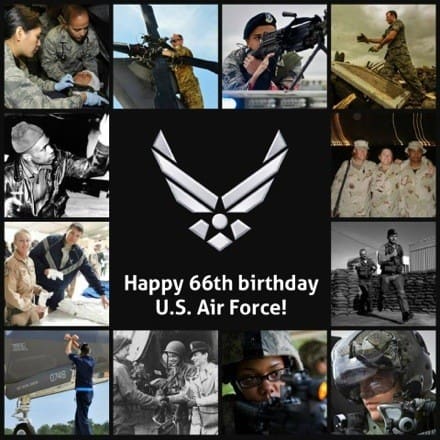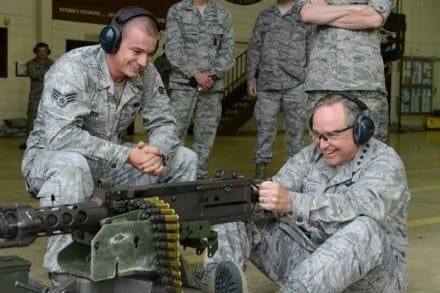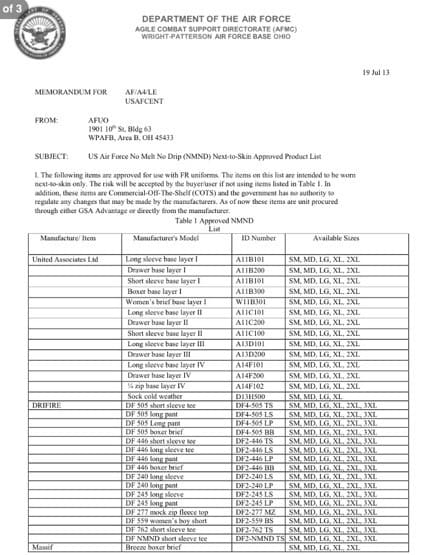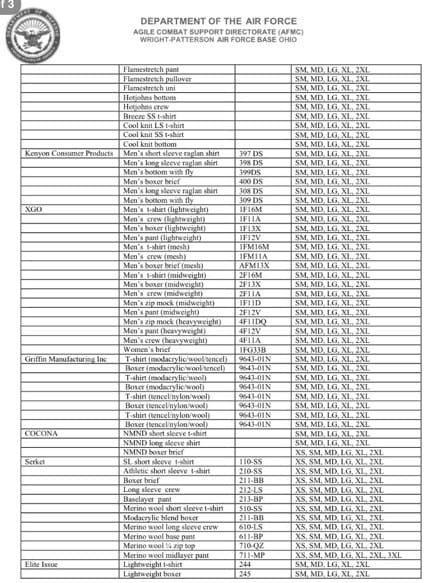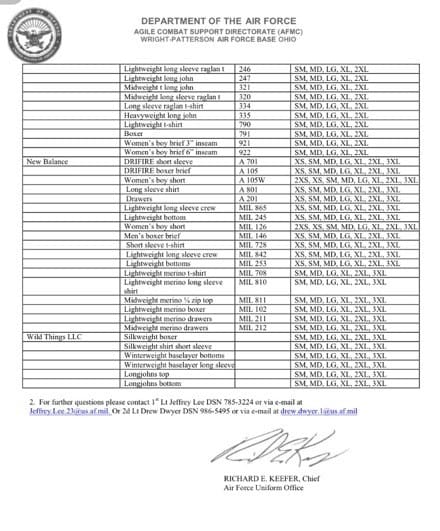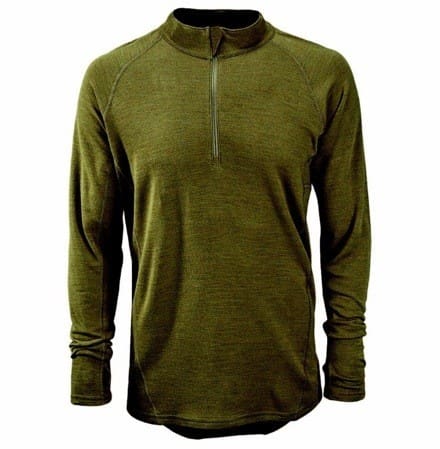Last Friday, 6 new Search and Rescue Technicians graduated from an intensive 11 month program at the Canadian Forces School of Search and Rescue, based at 19 Wing Comox in British Columbia. They join the ranks of about 160 SAR Techs who are trained in advanced trauma life-support, land and sea survival, and specialized rescue techniques, including Arctic rescue, parachuting, diving, mountain-climbing and rappelling. Although assigned to the Royal Canadian Air Force they can tryout from any of the country’s service components.
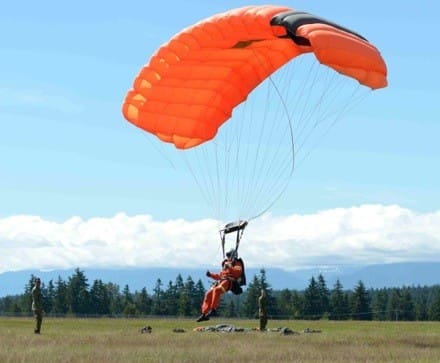
Unlike the US Air Force’s Guardian Angel Weapon System consisting of Pararescuemen (PJ), Combat Rescue Officers (CRO) and SERE Instructors, the SAR Tech’s primary focus is not Combat Search and Rescue. Their SAR area of responsibility includes over 15 million square kilometres of land and sea and encompasses the world’s longest coastline and SAR Techs as well as the skilled aircrews they work with respond to more than 8,000 incidents annually that average over 1,200 lives saved and assistance to over 20,000 persons.
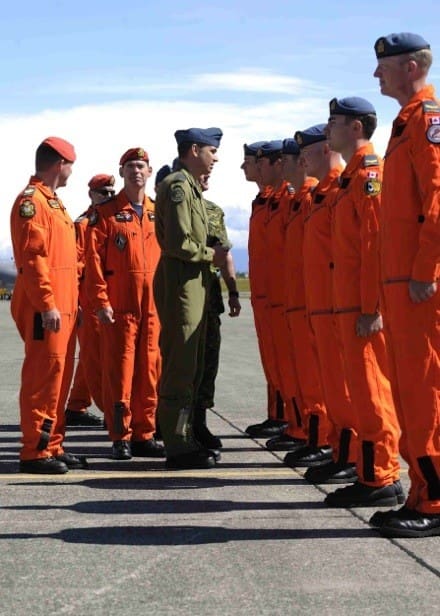
Congratulations to the graduates! According to the DND only about 1 in 3 candidates is accepted into training.
Master Corporal Jérôme Bourget, from Lévis, Quebec.
Master Corporal Anthony Bullen, from Boxey, Newfoundland and Labrador.
Master Corporal Jeff Elliott, from Victoria, British Columbia.
Master Corporal Chris Martin, from Pictou, Nova Scotia.
Master Corporal Brent Nolasco, from Peterborough, Ontario.
Master Corporal Oliver Willich, from Kincardine, Ontario.
All Photos – DND


